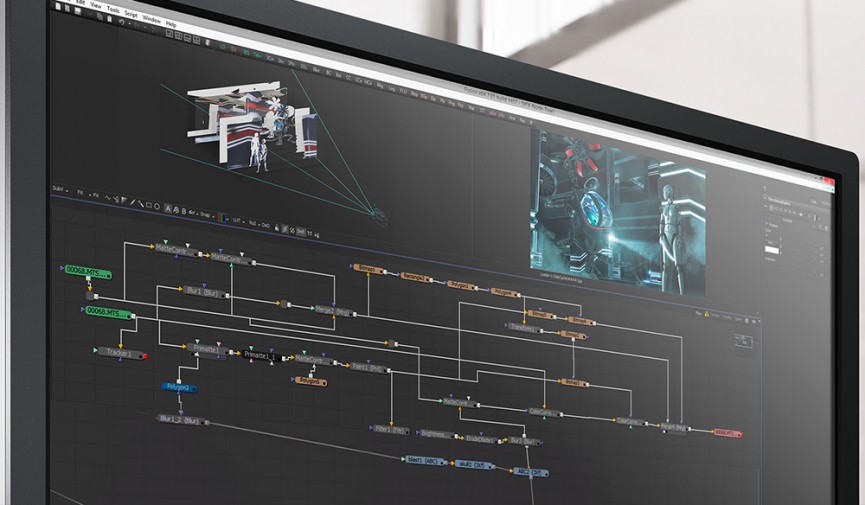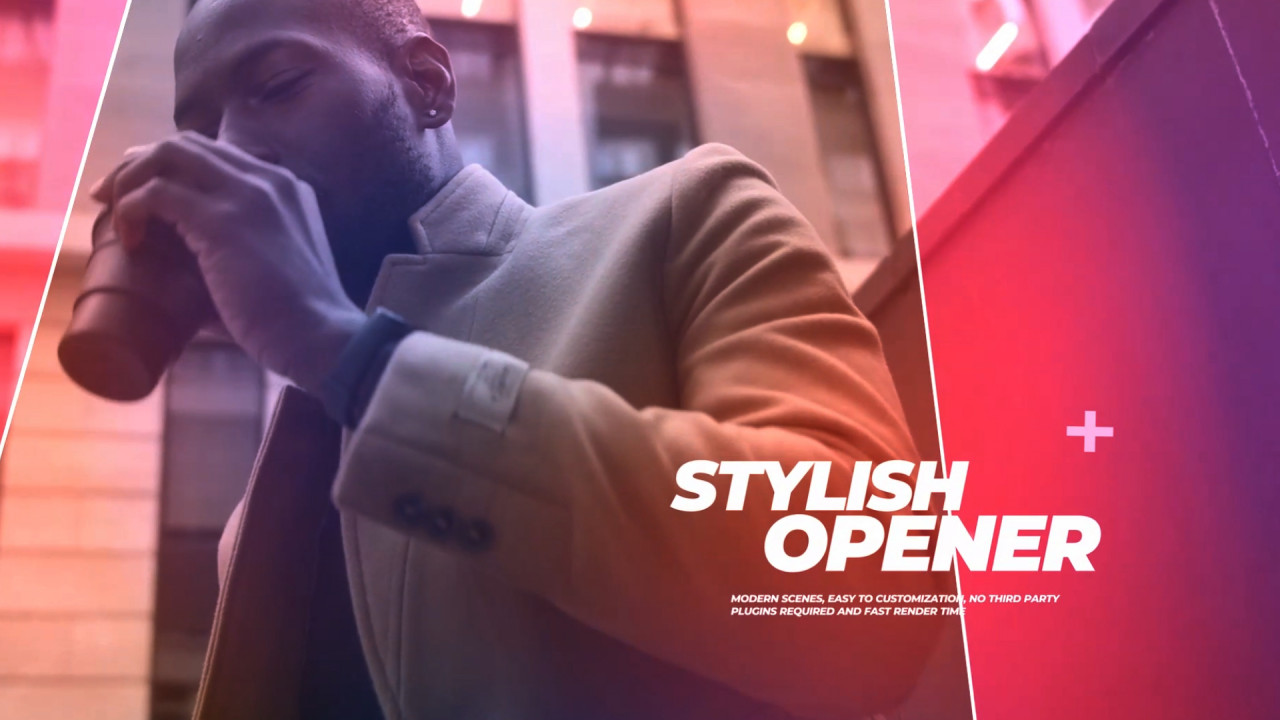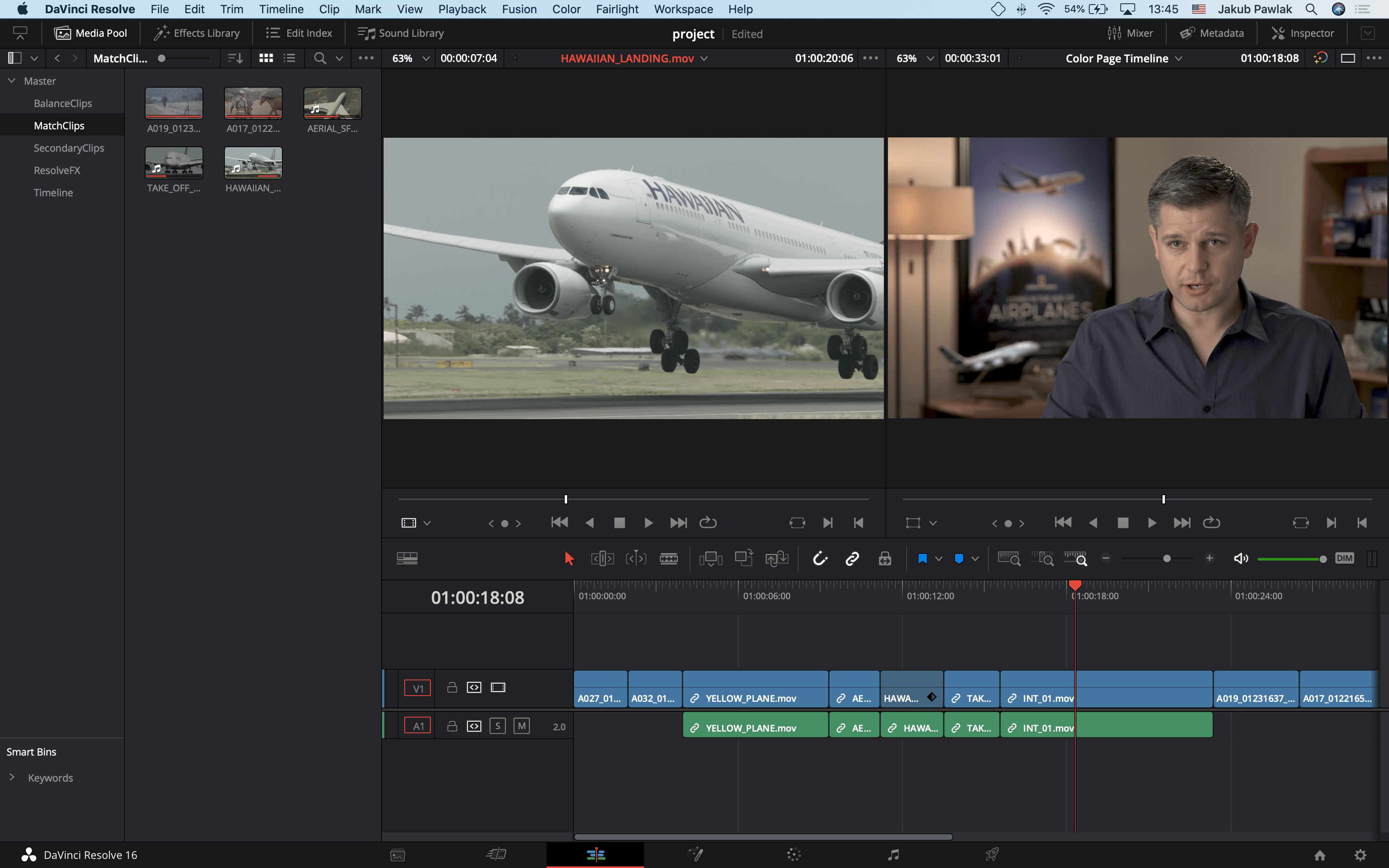

When you don’t have enough frames to slow down your clip, DaVinci Resolve needs to use the frames it has to make up the missing frames, called frame interpolation. This is handy when you have a lot of b-roll that you want to play in slow motion without the need to retime it. This changes the playback frame rate of the clip so when you drop it onto the timeline the clip will play in slow motion to match the timeline frame rate.

The quickest way to slow down your footage is simply to change the clip speed.

The higher the frame rate the more you can slow it down. Common frame rates for slow motion are 60, 120, and 240 fps. with a 24 fps timeline the footage would need to have been filmed in at least 48 fps. In order for this to work well, the footage needs to be filmed in a frame rate of at least 2x the frame rate of your timeline e.g. Let’s begin by creating a slow motion effect. While it is possible to do this, as we will see later, the best results are achieved using high frame rate footage and then slowing it down. If it was not filmed at a higher frame rate you can’t slow it down without needing to create new frames to fill in the gaps. It is important to understand that to be able to slow down any footage you need to play it back at a lower frame rate than it was filmed. Part 1: Main Methods to Create Slow Motion in DaVinci Resolve 17 Part 3: Troubleshooting Slow Motion Edits.Part 2: Learn Speed Ramping in DaVinci Resolve 17.Part 1: Main Methods to Create Slow Motion in DaVinci Resolve 17.


 0 kommentar(er)
0 kommentar(er)
